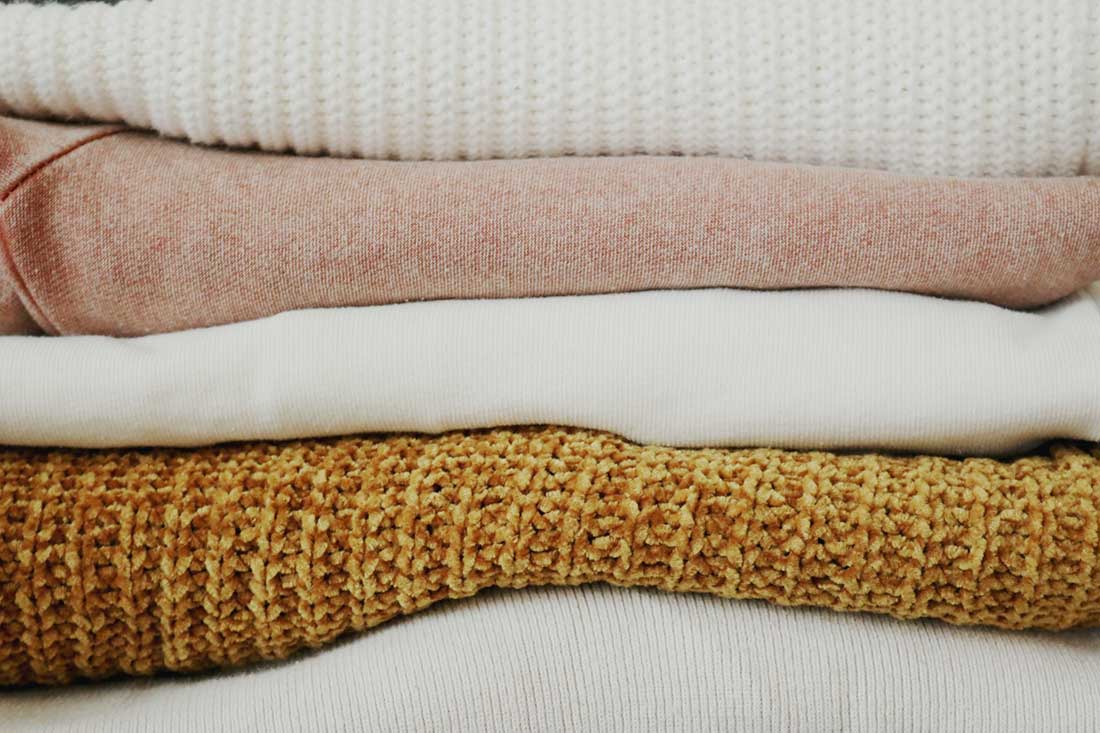What could be better on a chilly day than wrapping yourself up in a cashmere scarf? Besides keeping warm, this stylish fibre is known for its softness as well as its insulating characteristics. Cashmere speaks to luxury, and it is generally a more expensive wool. It is fashionable and never seems to go out of style.
What Is Cashmere?
Cashmere is a type of wool that comes from cashmere, pashmina or other kinds of goats and is characteristically soft, warm, strong and light. Because it does not contain lanolin, such as is found in sheep’s wool, cashmere is hypoallergenic. This literally means that it has below-average allergy components, which means that people who suffer certain fibre-induced allergies, such as the lanolin in wool, are off the hook with cashmere. A cashmere scarf, therefore, is better for sensitive skin. Further, cashmere comes in two ply, which tends to be finer, and easier on skin.
How Do You Determine Quality in Cashmere?
There are a lot of things to pay attention to when attempting to determine the quality of cashmere. Sheen is one of the characteristics to examine. A pure cashmere product will not have much sheen to it, and if you are seeing a sheen then it’s a safe bet that it has been woven with other kinds of textiles.
The thickness of cashmere is also an important detail. You don’t want to invest in a loosely woven and thin product, because its integrity will suffer. A proper cashmere garment should be thick and fluffy.
You can get cashmere in loads of different colours and featuring patterns, even though the wool is stubbornly dye-resistant. If you’re looking at a cashmere article that is embroidered, patterned or boasts a bright, unnatural colour, it’s spent time in a skilled dye house and is likely going to be more expensive than a typical muted, pastel-coloured cashmere.
When it comes to touch, you’re looking for plushness, as opposed to slickness. If your hand slides over top of it, it might mean that the manufacturer has used additives to try to properly modify a coarse blend of fibres.

What Are Benefits to Wearing Cashmere?
For folks with sensitive skin, the hypoallergenic piece is huge, but there are more benefits. Cashmere, for instance, can be up to eight times more insulating than other types of wool and can keep you cool or warm, depending on the climate. It also has antibacterial properties. Because it is a dry fibre, fungi and bacteria have no place to grow. This in turn detracts from dust mites’ interest in cashmere. There is a noticeable lack of itchiness in cashmere products because the wool is spun much more tightly.
How Do You Preserve Cashmere?
Taking care of your cashmere is an important consideration. The biggest hindrance to preserving your cashmere garments is to keep them safe from moths. However, moths and cashmere share a commonality because they both are liable to end up in dark storage spaces. A recommendation for keeping cashmere safe from moths, who like to feed on the wool due to its inherent clinging to body oils, is to employ odour-free moth traps in those dark storage spaces, and to take remove your cashmere every so often to give it some time in the proverbial sunlight.
Cashmere can also suffer from washing and drying cycles. It’s better to hand wash your cashmere garments and then let them dry slowly and naturally by air and sunlight.
If you’re looking for a wool product that offers a lot in terms of both comfort, durability and fashion appeal, cashmere could be just what you are looking for.




